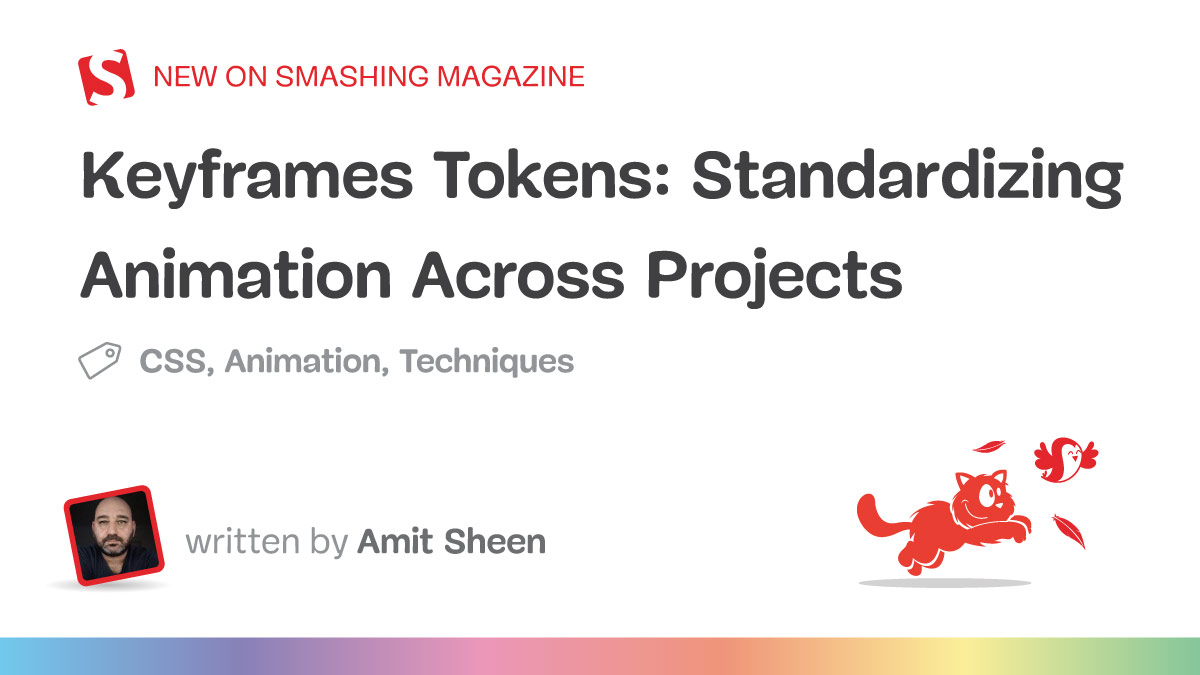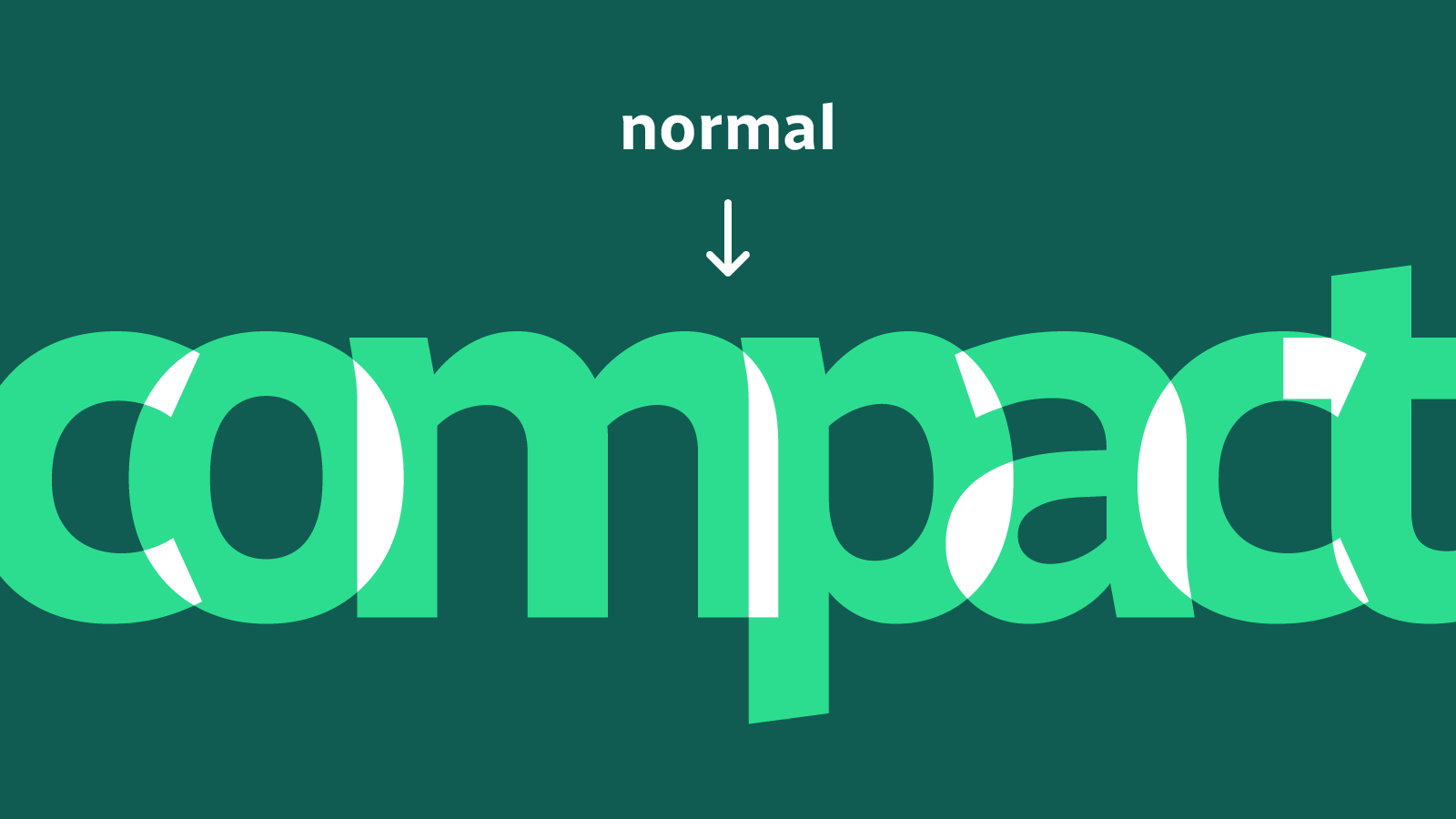One Canvas to Rule Them All: How INK Games’ New Site Handles Complex 3D
Exploring how ToyFight® designed a striking new site for INK Games using layered 3D, scroll-driven animation, and a unified WebGL canvas to create an engaging visual experience.
By Codrops21 Nov 2025Keyframes Tokens: Standardizing Animation Across Projects
Standardizing keyframes simplifies complex animations, making interface motion predictable, manageable, and more enjoyable to develop.
 By Amit Sheen21 Nov 2025
By Amit Sheen21 Nov 2025A Design Tokens Workflow (part 13) - Generating Utility Classes from Design Tokens using Style Dictionary
A practical pattern for generating utility classes from design tokens, enabling consistent, scalable styling without hard-coded CSS – perfect for maintaining design system integrity.
By Always Twisted21 Nov 2025How to Create 3D Images in CSS with the Layered Pattern
Creating the illusion of shape by layering the same content with slight 3D offsets, producing a compelling visual effect through repetition and spatial manipulation.
By Frontend Masters20 Nov 2025Responsive Letter Spacing
Strategies to reduce the readability impact of typographic branding, ensuring clarity while maintaining visual identity.
 By Cloud Four20 Nov 2025
By Cloud Four20 Nov 2025Behind the KAI Design Dept. Experience: WebGL Line Blur, Video Scrubbing, and 3D Animation
Delving into the technical details of the KAI Design Dept. site, including WebGL line DoF, video scrubbing techniques, and Blender integration for a seamless interactive showcase.
By Codrops20 Nov 2025JavaScript SpeechSynthesis API
Highlighting the importance of the speechSynthesis API for enhancing accessibility, enabling browsers to audibly speak arbitrary text for users with visual impairments.
By David Walsh20 Nov 2025How to Build Cinematic 3D Scroll Experiences with GSAP
Discover how to craft smooth, immersive 3D scroll experiences with GSAP, WebGL, and Three.js, transforming simple scrolling into dynamic visual motion.
By Codrops19 Nov 2025🦄 Build Trust with Visual Systems, Not Flash
How team audit checklists and monotone palettes enhance product quality, ensuring consistency and thoroughness in development and design processes.
By Unicorn Club19 Nov 2025What's New in WebGPU (Chrome 143)
Exploring texture component swizzle and techniques to remove bgra8unorm read-only storage texture usage for optimized WebGL performance.
By developer.chrome.com19 Nov 2025More CSS random() Learning Through Experiments
Exploring the exciting design possibilities with CSS `random()`, especially when combined with animation and composition techniques to generate dynamic, unpredictable visuals.
By Frontend Masters18 Nov 2025Testing HTML Light DOM Web Components: Easier Than Expected!
Practical tips and patterns for testing HTML Light DOM web components, demonstrating that testing can be straightforward and effective.
 By Cloud Four18 Nov 2025
By Cloud Four18 Nov 2025There are a lot of ways to break up long tasks in JavaScript.
Seven methods to break up long JavaScript tasks, highlighting the importance of choosing the right approach based on performance and complexity considerations.
By Frontend Masters17 Nov 2025The “Most Hated” CSS Feature: asin(), acos(), atan() and atan2()
Understanding how to retrieve the original angle from sine, cosine, or tangent ratios using inverse trigonometric functions like asin(), acos(), and atan().
By CSS-Tricks17 Nov 2025How Quickly Can Chrome Parse HTML Code?
Comparing HTML parsing speeds across devices, highlighting how processing power influences load times and user experience.
By DebugBear17 Nov 2025
Create a mesmerizing webpage with a layered 3D parallax effect using WebGL and CSS. Your task is to simulate depth by stacking elements with slight offsets and animate them on scroll. Feel free to incorporate audio or video elements for added immersion. Unleash your creativity by integrating random animations for a dynamic and engaging user experience!
Why do JavaScript developers prefer the dark mode? Because light attracts bugs!